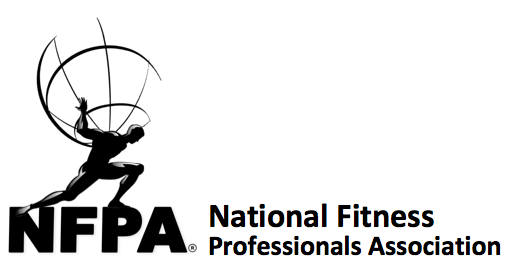module 3: program design
Online Course
HOME
Module 1: APPLIED SCIENCES
Module 2: ASSESSMENTS
Module 3: PROGRAM DESIGN
Module 4: CONSIDERATIONS
Flexibility
Flexibility refers to the degree to which a joint moves throughout a normal, pain-free Range of motion (ROM).
proprioception: the perception of one's own body position and movement.
Cardiorespiratory training
Muscular strength and endurance training
Muscular strength is the maximum amount of force can be exerted by a muscle.
Muscular endurance is the ability of a muscle to exert a force repeatedly over a period of time.
Resistance Training Systems
Single-Set Routines
Multiple-Set Routines
Supersets
Tri-Sets
Pyramid Routines
Forward
Reverse
Complete
Pre-Exhaustion
Circuit Training
Split Routine
Partial Reps
Forced Reps
Eccentric Training
Program Design Variables
Health Screening
Fitness Testing
Prescription Design
Selection of Exercises
Order of Exercises
Frequency of Exercise
Resistance and Repetitions
Number of Sets
Form and Technique
Speed of Exercises
Breathing
Exercise Progression
Rest Between Sets
Rest Between Workouts
Cool Down
Flexibility
Risk v. Benefit
· What risks are involved in this exercise?
· What benefit does this exercise have in regards to helping my client achieve their goals?
· Is the risk worth the benefit of this exercise?








